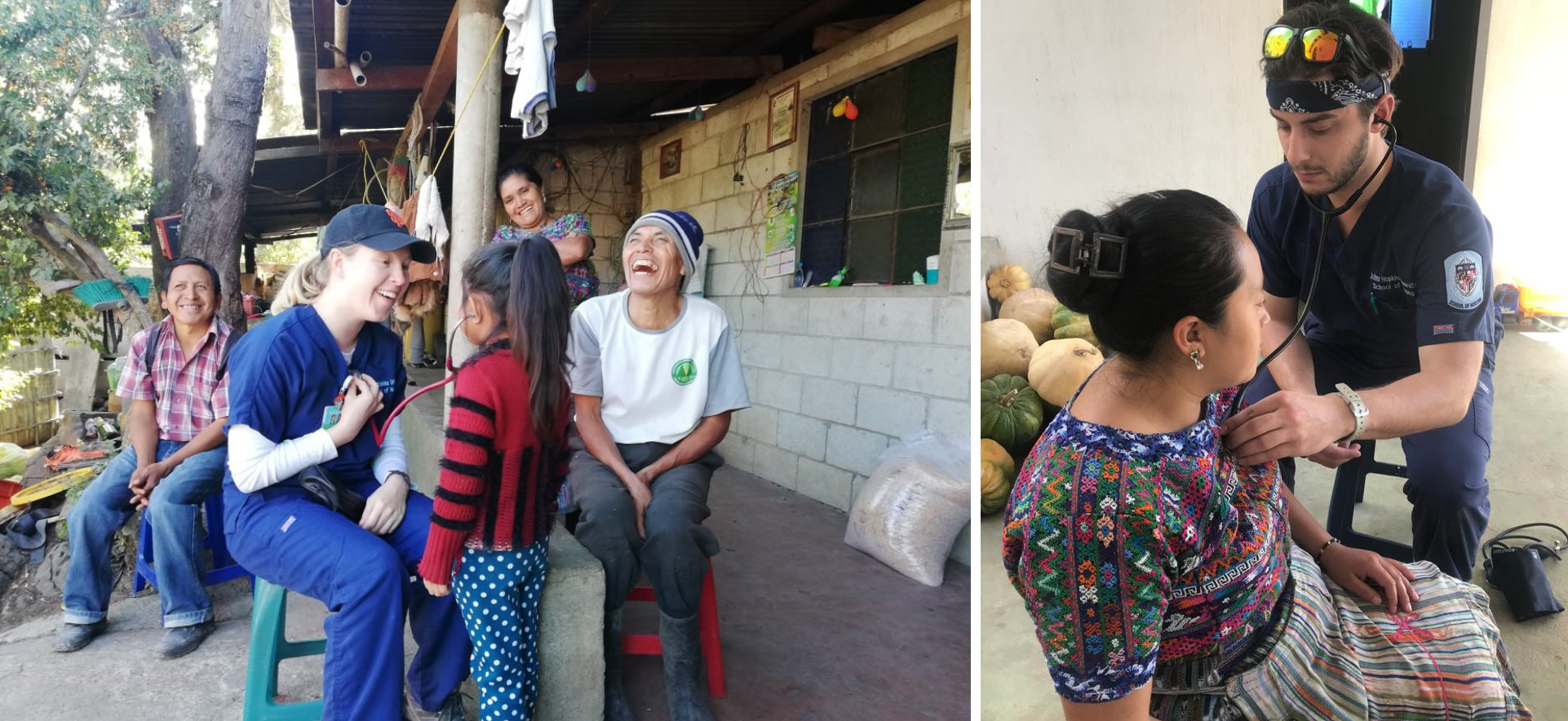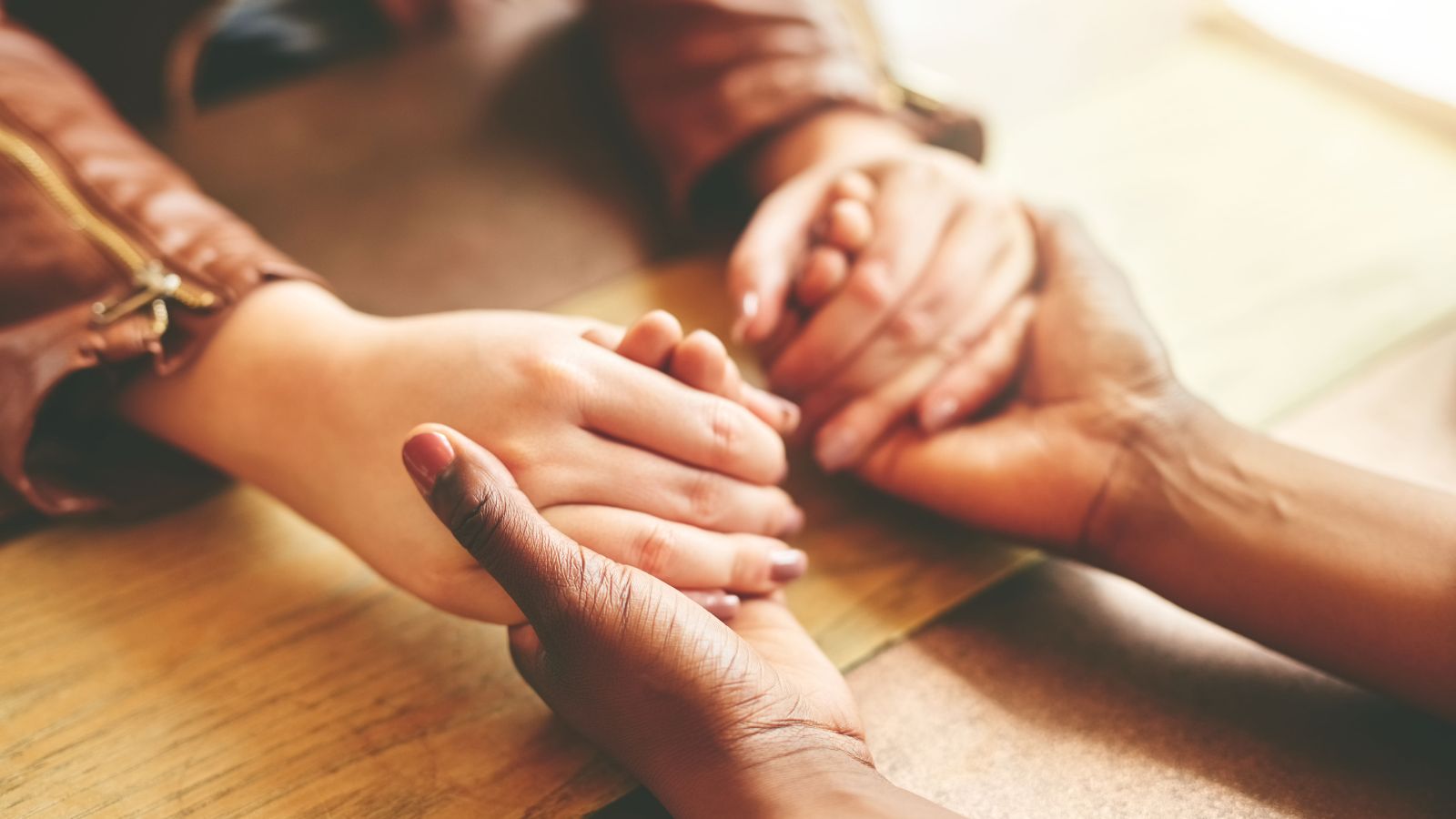Spring semester was just as demanding as the Fall semester, even though it deceptively presented itself with an easier schedule. With the realization that this summer is a gift, a chance to have the summer break I always dreamed of but never did during my first go-around in undergraduate school, I decided to do something a little unusual and, instead of staying in Baltimore and working, go to Cusco, Peru for 2 months of medical volunteering and Spanish classes. I have been here for four weeks and learned so much, not only from the staff at my volunteer placement, but from the people and atmosphere of Cusco. I love this place, and my sense are being opened to the opportunities in international public health and nursing that I’ve been vaguely aware of but had not experienced. This trip is a life changer, and along with applying to Hopkins, one of the best decisions I’ve made.
I’ve been keeping a Tumblr blog of my experiences in Peru so far, and wanted to share a post regarding an aspect of my medically-oriented experiences, mostly about being a patient but a little about my work as well. For pictures and more, please feel free to check out this link… http://felrockk.tumblr.com/
Sick in Cusco.
I arrived in Cusco on July 3, and ever since then I felt myself gradually becoming more ill. At first, I’m sure it was about the change in altitude with the added effect of not being at all used to walking up and down steep hills and stairs all day. But as I adjusted to the environment, insipid South American bacteria took their refuge in my sinuses and bronchi and completely entrenched themselves.
Completely run down by my third week in Cusco, with a cough with which chronic smokers would identify, I went to see the doctor. Having worked for a few weeks in a public health clinic, I thought I had a fairly good expectation of what I might encounter… a long wait and facilities that are adequate but not what we expect in the US. But, being an American volunteer in Cusco has its unexpected (and middle-class guilt ridden) prive]ileges. I met with the doctor that works with Maximo Nivel at the Paredes clinic in Cusco, although I did have the option of having him make a visit to my volunteer house. Of course, this was another opportunity to see the Peruvian medical system in action, so even though I didn’t feel like walking all the way to the clinic, I did in order to have a brief opportunity to compare a private clinic to a public one.
The clinic itself was much larger than the one where I work, with a few more departments, including a nursery and orthopedics. Well appointed, it had everything one would expect at a general clinic… plenty of supplies, uniformed workers, a buzz of activity and no dogs. I had a brief wait before the doctor came running up the stairs, completely concerned that he kept me waiting. He didn’t… I was early, he was right on time. He led me into the exam room and, honestly, gave me one of the best illness-visit exams I’ve ever had. After he took notes on a thorough health history regarding respiratory and cardiac conditions, he snapped a pulse-oximetry meter on my finger. 87%. Pulse at 88. The nursing student in me freaked out a little… pulse went up to 92. So, I explained to Dr. G that usually my pulse-ox is about 98-99%, and my pulse itself settles into a comfortable 50-55 (yeah, I’m a little bradycardic). What I didn’t know is that, due to the altitude, it’s perfectly normal for pulse-ox ranges to be 84-89%, and they really don’t start to worry until they dip below 82%. My pulse rate was compensation for the effects of the altitude. Dr. G then told me about a man he visited last week whose oxygen levels were around 50% (how was this guy even breathing?). They took him to the hospital and put him in a hyperbaric chamber to bring his O2 saturation back to an acceptable level, and now he has to have daily oxygen therapy for the rest of his trip. Anyway, now I understand why I become so thoroughly fatigued and quickly out of breath in certain situations here!
Dr. G listened to my lungs closely, checked my heart, and concluded that I had bacterial bronchitis but, thank goodness, my lungs were clear. Rales, he said… and an imaginary shiny gold star popped up over my head because I understood what he was talking about. I AM learning things in school! We chatted about my trip, his travels to the US, the differences between Cusco and Baltimore. All in all, it was a pleasant visit. And then, 3 prescriptions for meds, instructions to take the week off, and I was on my way.
Now, had I not been an American volunteer with pocket money and instead was an Andean mountain woman with nothing, my visit would have gone something like this. I would have gotten up before dawn to make the 2 hour bus trip into town. Arriving at about 5 AM, I would have to wait in the early-morning cold in line for the clinic, which only takes patients on a first-come basis. When the clinic doors opened at 8 AM, I would continue to have to wait until the staff gathered all of the days “cupos,” or coupons for appointments. Sometimes, the doctors all show up for work, sometimes they do not, and they determine how many patients they will see in a day.
Patients are not necessarily triaged according to level of necessary care… any emergencies would have gone straight to the urgent care clinic or hospital, so the staff at the clinic aren’t particularly pressed to get through people quickly. Instead, a visit starts with coming through the door, receiving a numbered cupo for the type of medical care needed (obstetrics, pediatrics, dental,psychiatry or general), then waiting in another line for vitals and weights by the triage nurse. My blood pressure would be taken with a years-old mercury gauge sphygmomanometer, and my temperature would be taken with the only thermometer in the clinic… a glass, mercury thermometer that would be stuck under my armpit, just like the line of patients before me with no cleaning in between.
Once triaged, I would have had to wait again outside the doctors’ office for my turn. Hopefully, the stray dogs running in and out of the clinic wouldn’t beg too much for food. By now, it would likely be close to 10 AM. Privacy isn’t much of a concern, so I’d likely be examined by the doctor while other people waited around the door, interested in what’s going on and also impatient to be seen. The doctor wouldn’t have washed his hands (no sinks, no soap, no hand sanitizer). He’d quickly ask me cursory questions, and then listen to my lungs with a stethoscope with one broken earpiece. Then he’d write up a prescription and push me out the door.
Next step would be the in-clinic pharmacy, where I’d wait once again for my turn. There, I would pay for my medications by the pill, or, if an injection was needed, by the ampule and syringe. If I was only receiving pills, I’d be free to go. But if I needed an injection, I’d have to wait in line for the nurses in topico to be available. In topico, the nurses would check the orders, break open the scored tops of the glass ampules, draw the injection and stick me. But since there are no supplies, alcohol wipes aren’t an option. Iodine is used occasionally, but sparingly. Usually it’s water or nothing at all. After the shot, I’d be bandaged with a piece of gauze cut with dirty scissors from a yards-long roll by one of the technicians earlier in the day, that was hand folded and stacked on the counter as part of the days’ supply. If I had a wound, it would have been cared for with the same instruments used for everyone else, only rinsed with water before they came to me.
The public health clinics here are not well-funded… not because health is not a priority, but because there simply is no money. The staff do the best they can with the limited resources of time and supplies, and under the circumstances they certainly give the best care possible. The people I work with at the clinic, like so many cusqueños, are among the kindest and most caring people I have met, and so far I have learned far more from them than I could ever have imagined.
But I want to do more, and am not sure how to go about doing it. Clearly, supplies are needed, but what is the point in raising money, buying boxes of gloves, bottles of sanitizer, digital thermometers, hard-surface wipes, sterilized bandages and other supplies that will only last for a limited amount of time? Yes, they would have equipment for a few weeks, but then it would be back to nothing again. So, the question is, in what way can I contribute that would end up being sustainable? And given my position now, is there really anything that I can do that would be of lasting help?
 Birth Companions Talk Doulas and Maternal Health with Mayor Brandon Scott
Birth Companions Talk Doulas and Maternal Health with Mayor Brandon Scott Global Service Learning: Guatemala
Global Service Learning: Guatemala Guatemala Re-visited: Rainwater Project Shows Value of Service-learning Trips
Guatemala Re-visited: Rainwater Project Shows Value of Service-learning Trips You’re Welcome
You’re Welcome My First Teachers in Nursing School Weren’t Nurses
My First Teachers in Nursing School Weren’t Nurses






